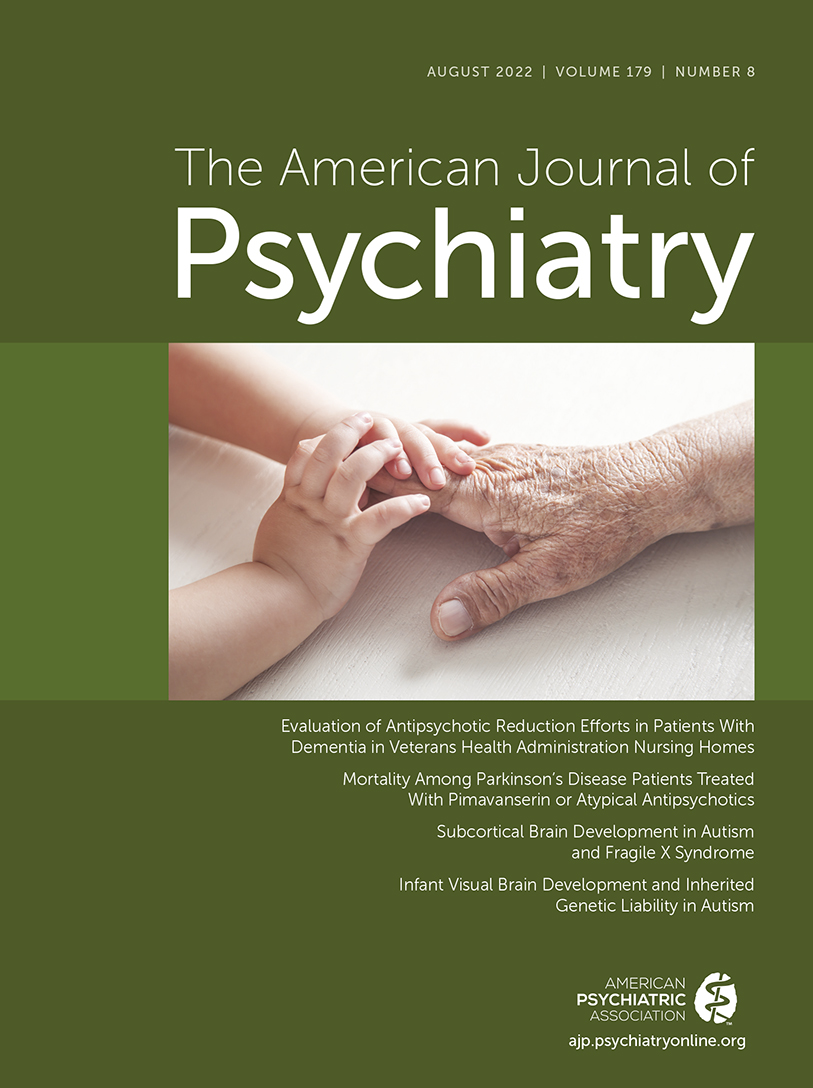Subcortical Brain Development in Autism and Fragile X Syndrome: Evidence for Dynamic, Age- and Disorder-Specific Trajectories in Infancy
Abstract
Objective:
Previous research has demonstrated that the amygdala is enlarged in children with autism spectrum disorder (ASD). However, the precise onset of this enlargement during infancy, how it relates to later diagnostic behaviors, whether the timing of enlargement in infancy is specific to the amygdala, and whether it is specific to ASD (or present in other neurodevelopmental disorders, such as fragile X syndrome) are all unknown.
Methods:
Longitudinal MRIs were acquired at 6–24 months of age in 29 infants with fragile X syndrome, 58 infants at high likelihood for ASD who were later diagnosed with ASD, 212 high-likelihood infants not diagnosed with ASD, and 109 control infants (1,099 total scans).
Results:
Infants who developed ASD had typically sized amygdala volumes at 6 months, but exhibited significantly faster amygdala growth between 6 and 24 months, such that by 12 months the ASD group had significantly larger amygdala volume (Cohen’s d=0.56) compared with all other groups. Amygdala growth rate between 6 and 12 months was significantly associated with greater social deficits at 24 months when the infants were diagnosed with ASD. Infants with fragile X syndrome had a persistent and significantly enlarged caudate volume at all ages between 6 and 24 months (d=2.12), compared with all other groups, which was significantly associated with greater repetitive behaviors.
Conclusions:
This is the first MRI study comparing fragile X syndrome and ASD in infancy, demonstrating strikingly different patterns of brain and behavior development. Fragile X syndrome–related changes were present from 6 months of age, whereas ASD-related changes unfolded over the first 2 years of life, starting with no detectable group differences at 6 months. Increased amygdala growth rate between 6 and 12 months occurs prior to social deficits and well before diagnosis. This gradual onset of brain and behavior changes in ASD, but not fragile X syndrome, suggests an age- and disorder-specific pattern of cascading brain changes preceding autism diagnosis.



